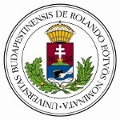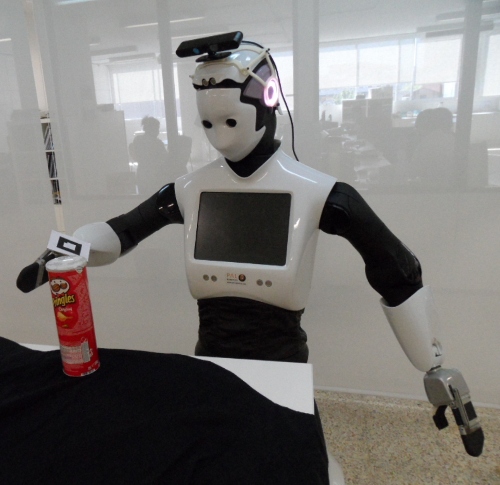Only released in EOL distros:
Package Summary
BLORT - The Blocks World Robotic Vision Toolbox
ROS interface classes and nodes for the BLORT library.
- Author: Bence Magyar
- License: BSD
- Source: git https://github.com/pal-robotics/perception_blort.git (branch: electric)
Package Summary
BLORT - The Blocks World Robotic Vision Toolbox
ROS interface classes and nodes for the BLORT library.
- Author: Bence Magyar
- License: BSD
- Source: git https://github.com/pal-robotics/perception_blort.git (branch: fuerte)
Package Summary
BLORT - The Blocks World Robotic Vision Toolbox
ROS interface classes and nodes for the BLORT library.
- Maintainer: Bence Magyar <bence.magyar AT pal-robotics DOT com>
- Author: Bence Magyar <bence.magyar AT pal-robotics DOT com>
- License: BSD
- Source: git https://github.com/pal-robotics/perception_blort.git (branch: hydro-devel)
Contents




Overview
BLORT - The Blocks World Robotic Vision Toolbox
The vision and robotics communities have developed a large number of increasingly successful methods for tracking, recognizing and online learning of objects, all of which have their particular strengths and weaknesses. A researcher aiming to provide a robot with the ability to handle objects will typically have to pick amongst these and engineer a system that works for her particular setting. The toolbox is aimed at robotics research and as such we have in mind objects typically of interest for robotic manipulation scenarios, e.g. mugs, boxes and packaging of various sorts. We are not aiming to cover articulated objects (such as walking humans), highly irregular objects (such as potted plants) or deformable objects (such as cables). The system does not require specialized hardware and simply uses a single camera allowing usage on about any robot. The toolbox integrates state-of-the art methods for detection and learning of novel objects, and recognition and tracking of learned models.
A typical situation where one would need the exact pose of an object is when a robot needs to manipulate an object. BLORT doesn't need any markers but in exchange it has to be trained for the specific object to detect and estimate the pose of. The speed of the system is defined by the two modules. The feature-based detector is sufficiently slower than the edge-based tracker. The detector module typically works at 3Hz and depending on the situation it typically needs two seconds to initialize the tracker. The tracker module can achieve a 30-70Hz speed depending on the hardware.

An example application of pre-grasping with the help of visual servoing techniques. BLORT is providing object detection and pose estimation for the grasping pipeline of the REEM robot.
Install
Execute
sudo apt-get install ros-hydro-perception-blort
- A commonly used package with blort_ros is pal_vision_segmentation which you can also get from the ROS repositories by executing
sudo apt-get install ros-hydro-pal-vision-segmentation
Techniques
The system works with a CAD model of the object provided. The current implementation of the BLORT detector module uses SIFT feature descriptors to provide an approximate estimation of the object's pose for the tracker module which will track the object using edge-based methods.
More information: [Mörwald, T.; Prankl, J.; Richtsfeld, A.; Zillich, M.; Vincze, M. BLORT - The Blocks World Robotic Vision Toolbox Best Practice in 3D Perception and Modeling for Mobile Manipulation (in conjunction with ICRA 2010), 2010.] or you can also visit the BLORT Homepage.
Usage
Please see the tutorials on the right in order to learn about how to use and tune BLORT to your needs.







